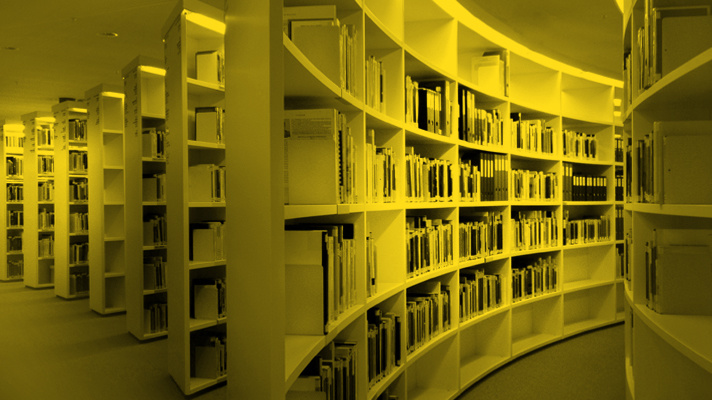
Documentation of this project
The south-eastern necropolis of Pergamum. Archaeological and anthropological research on the sepulchral culture and on the demographic structure of a Roman metropolis
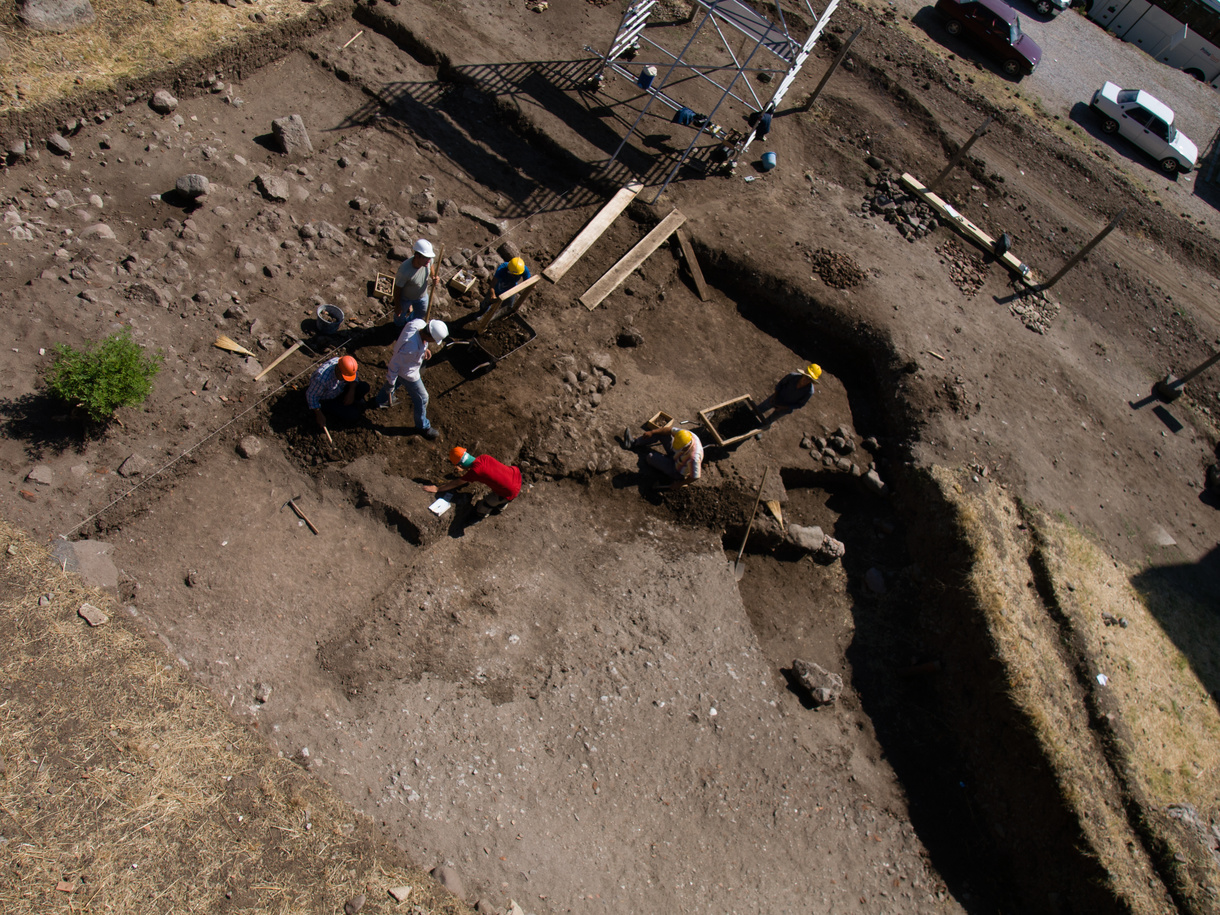
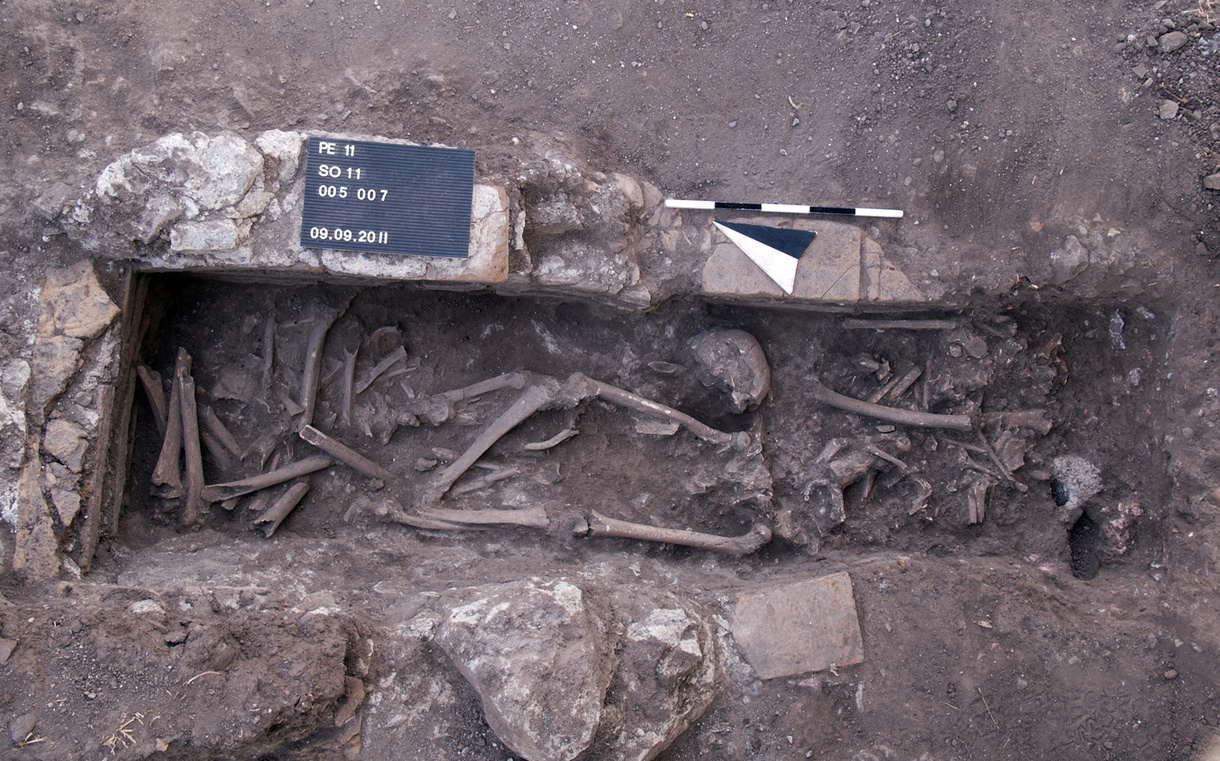
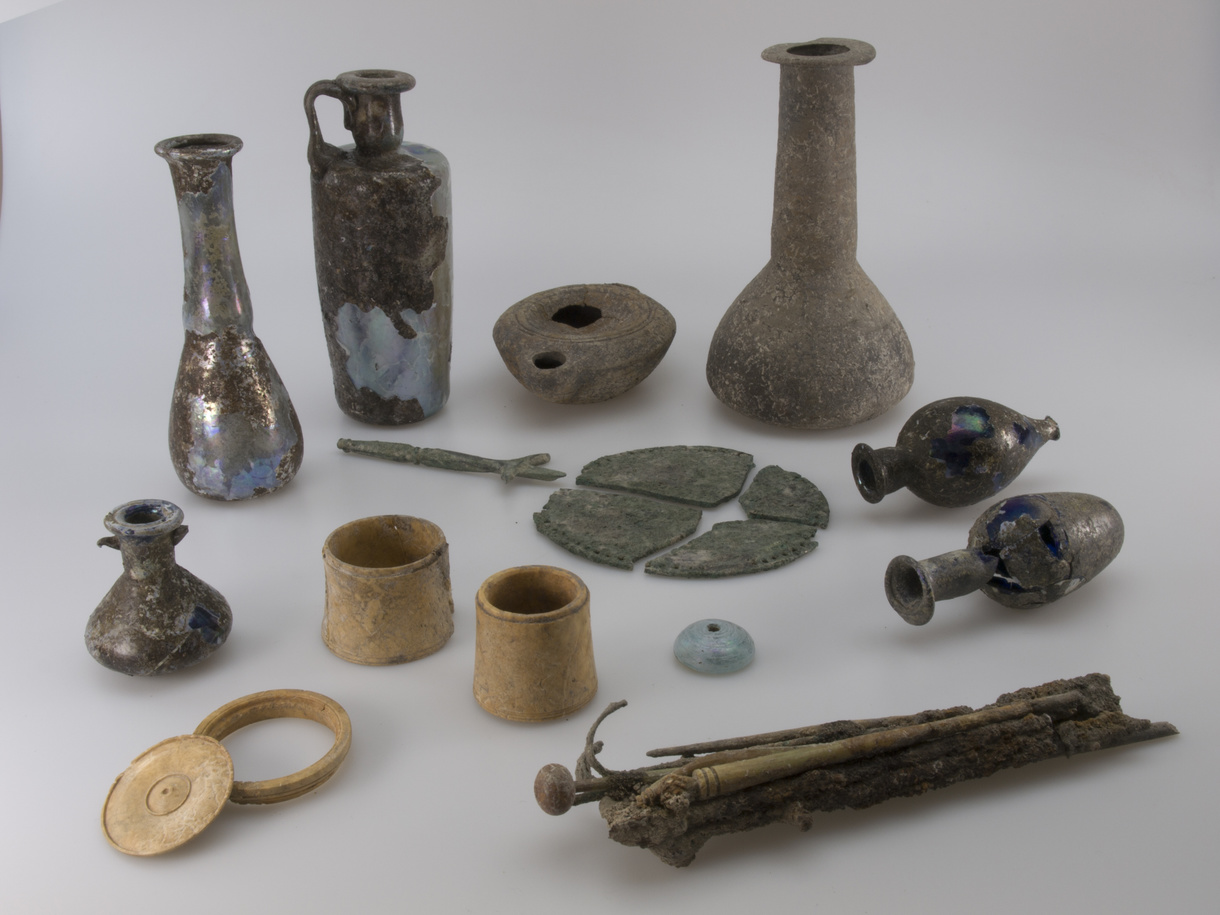
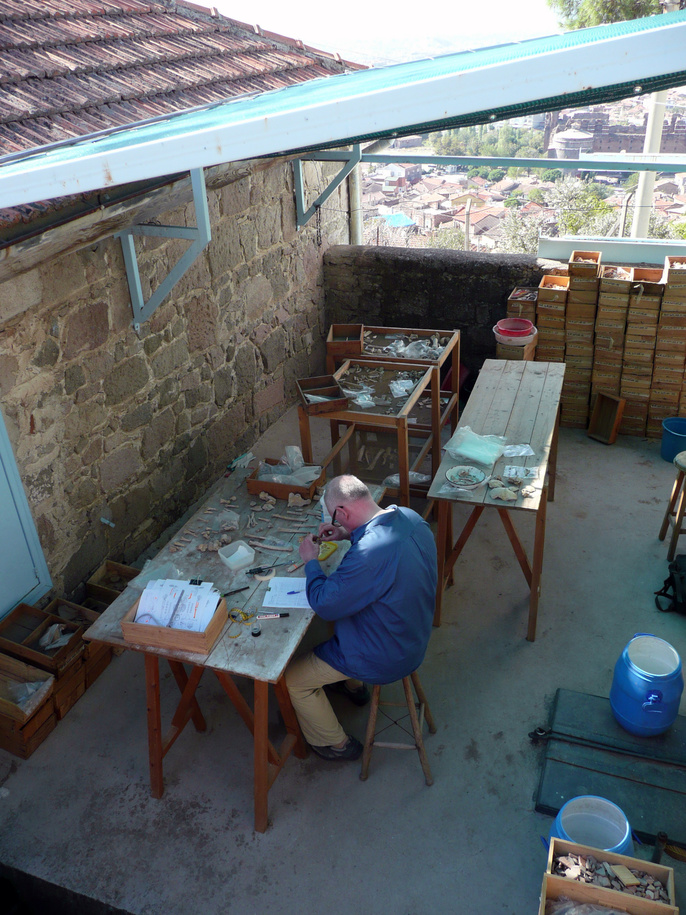
The Greek and Roman burial system with its numerous variations by social class or region is one of the key themes of classical archaeology and its related disciplines. Thanks to the rich material, pictorial, epigraphical and written resources available, there are a variety of starting points open to research into such areas as the history of society, culture and mentality, as well as anthropology and religious history. Tombs and burial grounds can be found around all ancient cities and provide important information that helps scientists reconstruct burial customs and notions of the afterlife, the social structure of cities, the living conditions of their inhabitants and their contacts with neighbouring regions.
A particularly interesting and, at the same time, extremely complex region in this regard is Asia Minor. Even back in pre-Hellenic times, indigenous cultures along the west coast of what is now Turkey interacted in many ways with Greek coastal cities, and this exchange gained even greater momentum during the course of Hellenism and eventually under Roman rule. One of the key locations of this development right from the early days of Hellenism was Pergamum, close to the city of Bergama in what is now western Turkey. Initially the capital of the Attalid Empire, Pergamum evolved into one of the key centres of the Roman province of Asia. Although Asia Minor is one of the core areas of ancient city culture, exploration of the region’s sepulchral culture has remained a long-held dream for archaeologists.
The research project
The main focus of a research project led by Professor Felix Pirson is the south-eastern necropolis of Pergamum above the Ketios Valley. The project is part of the Istanbul German Archaeological Institute research programme into Pergamum’s burial sites, which has been running since 2005. After the scientists initially concentrated on the northern necropolis discovered in 2010, it soon emerged that this was actually not an ancient cemetery but instead dated back to the Byzantine era. The excavation work was therefore relocated to the south-eastern necropolis of imperial times, which had been discovered and partially uncovered in 2007, and which had not previously been earmarked for more detailed excavation due to the lack of clarity regarding its dimensions. It consists of several tombs, which are surrounded by individual graves and cremation sites. Inside the tombs are up to three brick-built graves, which were covered with flat tiles or stone slabs and used for multiple burials. Each time there was a new burial the grave would be opened and the older remains pushed to the side. Furthermore, even back in ancient times and in the Middle Ages, the graves were plundered and the skeletons’ positions disturbed. Using their finds, the archaeologists were able to date the graves primarily to the first and second centuries AD. The examination of the human skeletons has so far revealed that in Roman times the population suffered from such disorders as joint disease, chronic inflammation of the sinuses and tooth problems, amongst other things. Numerous child graves also testify to the high infant mortality rate.
The results achieved in the project thus far clarify that the research at the south-eastern necropolis represents a key resource when it comes to understanding the social history and architectural development of the Roman burial system in Pergamum. The scientists therefore feel an obligation to take a holistic approach to their observations, whereby they pay particular attention not only to the actual architecture of the tomb in question or individual sepulchral features, but also the burial itself, including the customs relating to burial objects or the burial rituals and post-funerary processes identifiable from the grave. Since such investigations have so far been lacking not only for Pergamum, but for virtually all ancient settlements in Asia Minor, the findings gained at Pergamum promise to have wider repercussions, providing material for comparison and methodological impulses for research into the urban sepulchral culture of Asia Minor.
Funding measures
The Gerda Henkel Foundation supported the research project in the form of a grant to cover the costs of an excavation campaign in Pergamum in the year 2011. In the year under review funding was once again provided to cover the costs of two further initiatives in the years 2013 and 2014 as well as staff resources for the two research grants for the academics entrusted with processing the findings, Dr Ute Kelp und Dr Wolf-Rüdiger Teegen.

